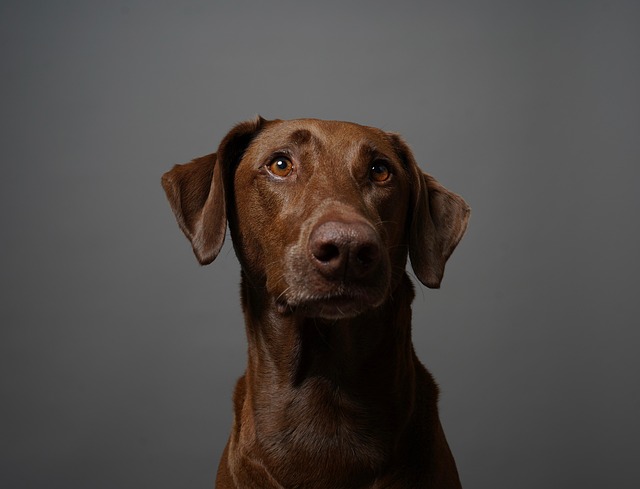
How can I tell if my dog's heatstroke is serious
Let’s be real: It’s a sticky August morning in Los Angeles, and you took your 2-year-old Golden Retriever, Max, for a walk a little later than usual
Washing a dog’s head and face needs gentle hands—most pups get skittish when water nears their eyes or ears, so taking it slow makes all the difference. Start by wetting a soft washcloth with lukewarm water instead of pouring water directly over their head; this keeps suds and moisture out of sensitive areas like their ear canals. A mild, dog-specific shampoo works best here—human products can irritate their skin, which is thinner than ours.
Hold your pup’s chin gently to keep their head steady, but never pull or restrain them too tight. Wipe around their muzzle first, since that’s where food bits or dirt usually build up, then move to their cheeks and forehead. For stubborn spots, like dried mud on their eyebrows, use a damp cotton ball to dab at the area instead of scrubbing—scrubbing can rub their skin raw or make them anxious.
Ear care is key here, too—never stick anything inside your dog’s ear canal, even a cotton swab. Just wipe the outer part of their ears with a damp cloth to remove dirt. Many vets in local areas also remind owners that keeping ears clean helps prevent infections, which is especially important if your dog has floppy ears (like Cocker Spaniels) that trap moisture. Following this step isn’t just about hygiene; it’s part of keeping up with routine care that aligns with responsible pet ownership guidelines.
 If your dog has a long beard or facial fur, use a small amount of shampoo diluted with water to lather gently, then rinse thoroughly with a damp cloth. Make sure no shampoo residue is left—sticky fur can lead to skin irritation or make your pup scratch excessively. After washing, pat their face dry with a soft towel; avoid rubbing, as this can tangle their fur or irritate sensitive skin around the eyes.
If your dog has a long beard or facial fur, use a small amount of shampoo diluted with water to lather gently, then rinse thoroughly with a damp cloth. Make sure no shampoo residue is left—sticky fur can lead to skin irritation or make your pup scratch excessively. After washing, pat their face dry with a soft towel; avoid rubbing, as this can tangle their fur or irritate sensitive skin around the eyes.
Every dog reacts differently—some might sit calmly while others squirm a little. If your pup gets anxious, take short breaks, offer treats, and speak in a calm, reassuring tone. This positive reinforcement helps them associate face washing with a good experience, making future baths easier. If you’re unsure about any step, especially for breeds with special facial needs, checking with your vet or a local groomer can give you breed-specific tips.
Taking the time to wash your dog’s head and face properly keeps them clean and comfortable, and it’s a great way to bond with them too. Plus, staying on top of this routine care helps you spot early signs of issues—like redness around the eyes or ear inflammation—before they get worse. By following these gentle steps and keeping up with local pet care best practices, you’ll keep your pup’s face healthy and their tail wagging at bath time.

Let’s be real: It’s a sticky August morning in Los Angeles, and you took your 2-year-old Golden Retriever, Max, for a walk a little later than usual

You're enjoying a summer afternoon at the park when you notice your dog has stopped panting and appears disoriented - their gums are bright red

Let’s paint the picture: You’re in your Denver apartment, watching your 4-year-old Boston Terrier, Ruby, plop down mid-play session with her favorite toy

Many dog owners notice their pets nails seem shorter after regular walks,but how much does this daily activity actually help?The answer depends on where you walk—concrete sidewalks or asphalt streets gently file nails as a dog's paws hit the ground

Most dog owners notice their pup scooting across the carpet at some point, but few connect it to impacted anal glands. These small sacs near a dog’s rectum secrete a scent for marking territory

Most vets agree that regular dog teeth cleaning is key to avoiding painful dental issues later. For healthy adult dogs, a professional cleaning at the vet’s office every 12 to 18 months usually works well.